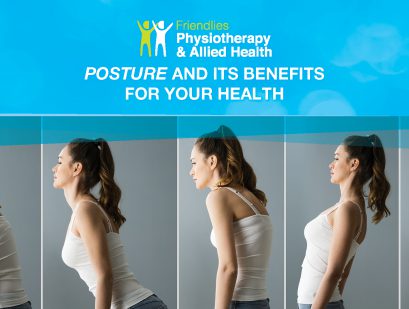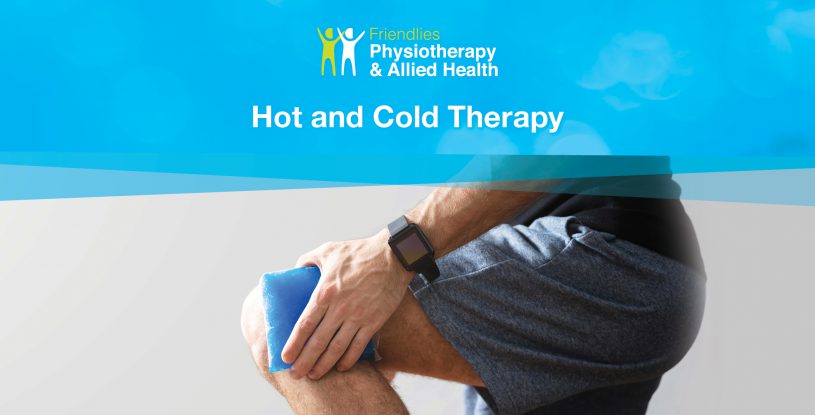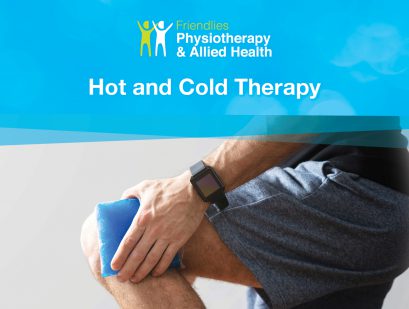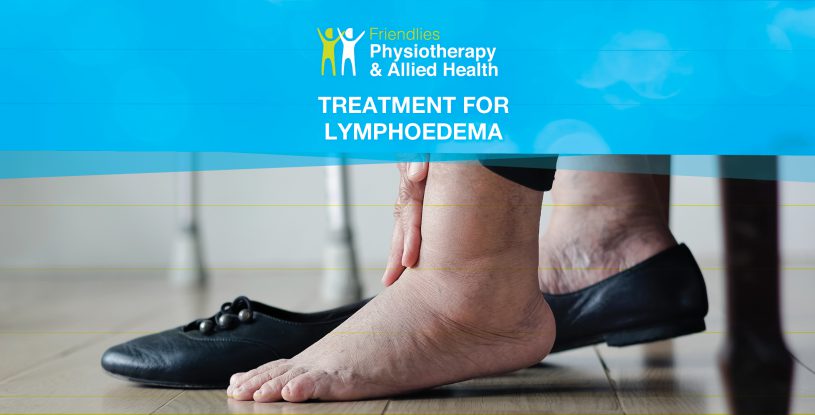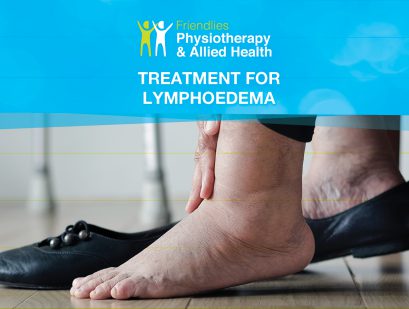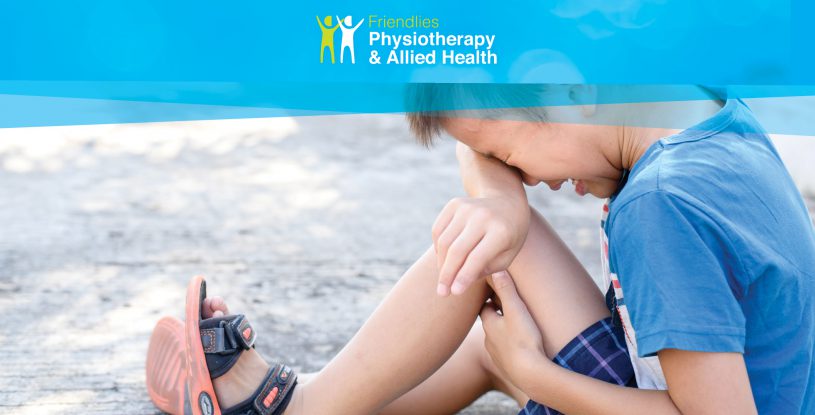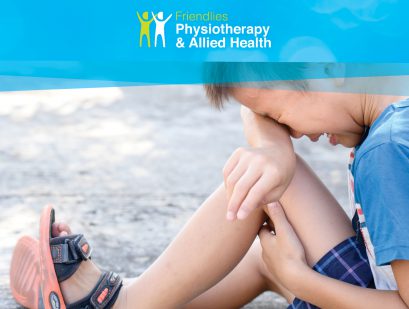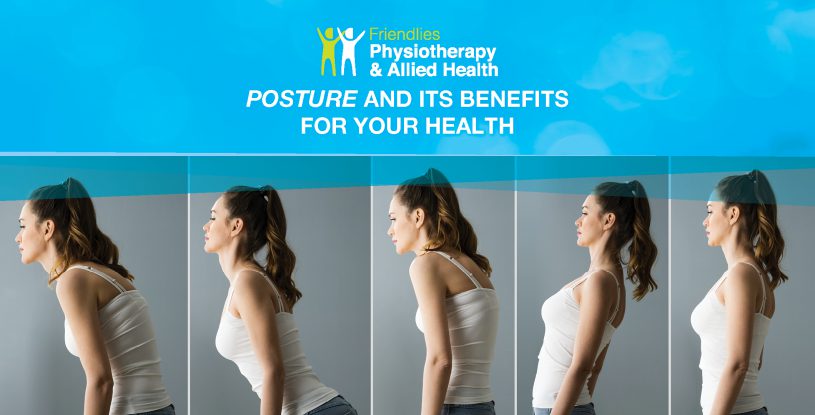
Posture
Posture and its benefits to your health Posture definition? – Posture refers to the position in which someone holds their body when standing or sitting. – There are many postural types, some of the more common types – check out the picture for reference. – There is no such thing as perfect posture! Even the best posture held for long periods of time can cause you discomfort or pain. This is because the human body is made to MOVE! –More
